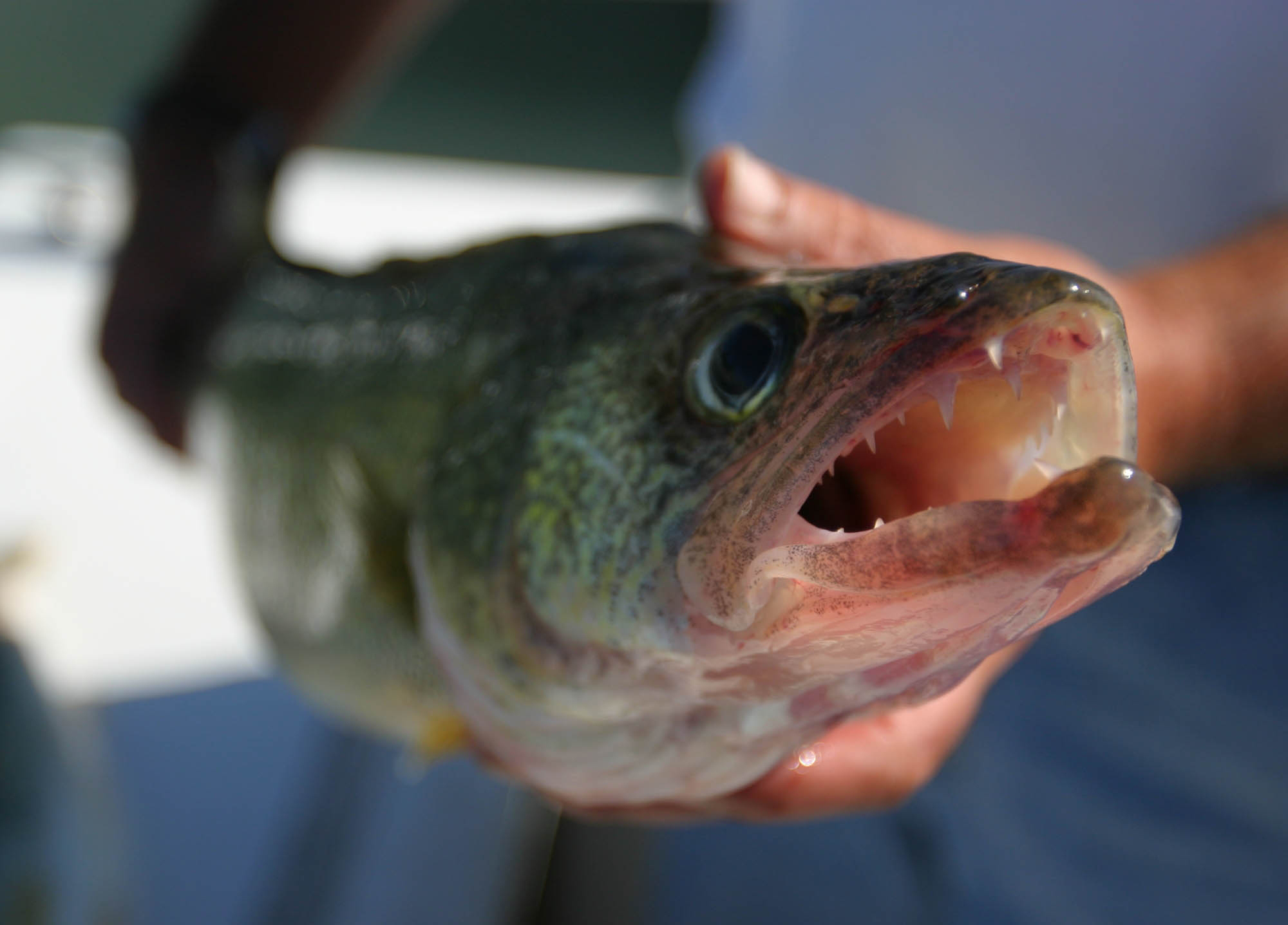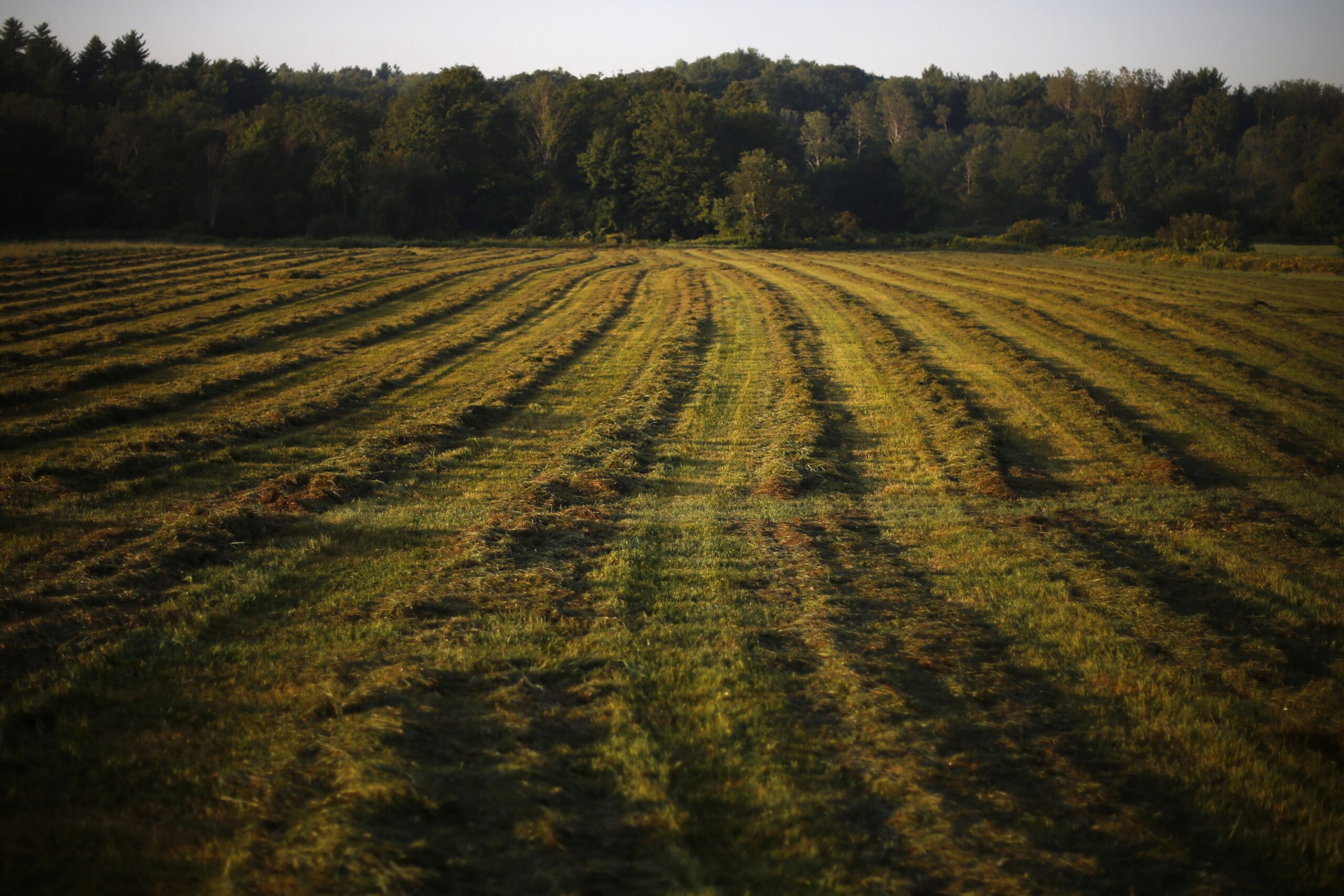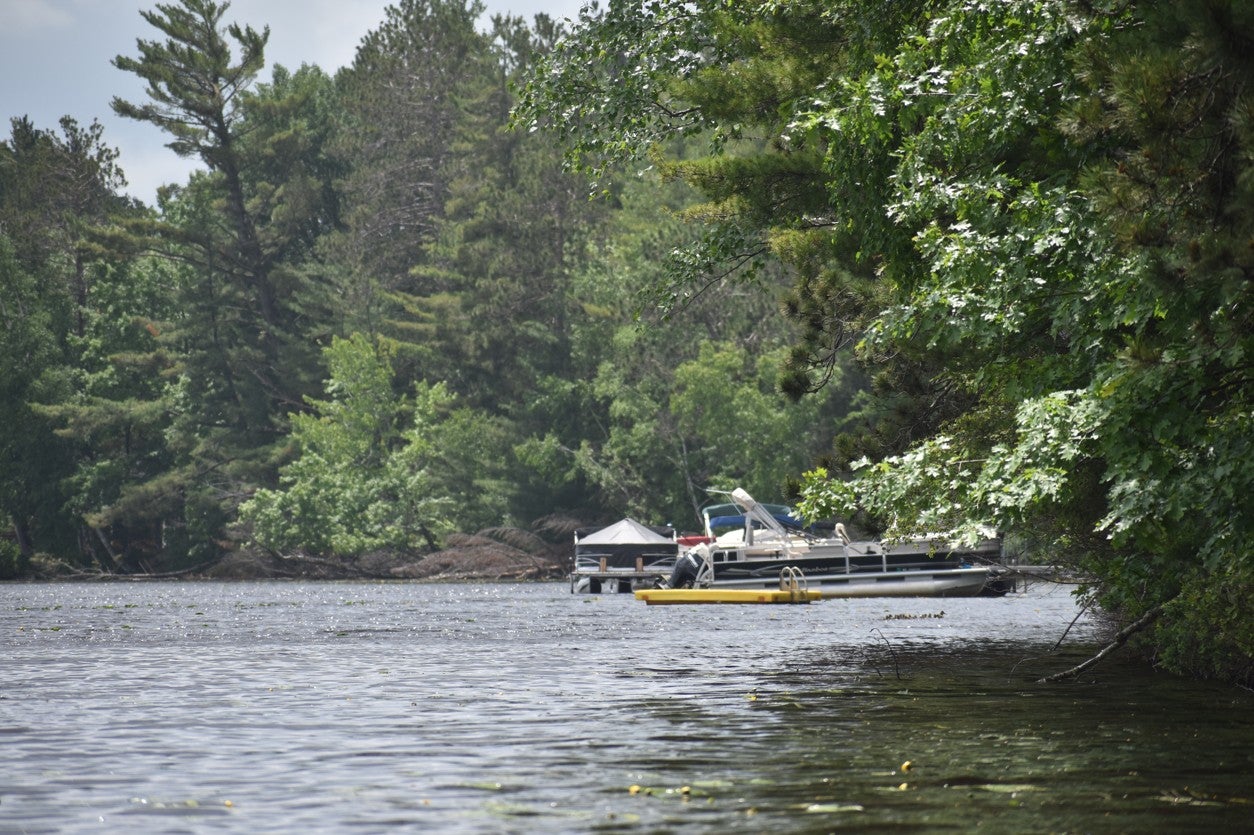State health and environmental regulators are expanding the list of waters in Dane and Rock counties where people should limit fish they eat due to elevated levels of PFAS.
The Wisconsin Department of Natural Resources and Wisconsin Department of Health Services are issuing new fish consumption advisories for waters within the Yahara Chain. Those waters include Wingra Creek, Starkweather Creek, Lake Monona, Lake Waubesa, Upper and Lower Mud Lakes, Lake Kegonsa and the Yahara River downstream to where it meets the Rock River.
[[{“fid”:”1514311″,”view_mode”:”embed_portrait”,”fields”:{“alt”:”Fish Consumption Advisory Area”,”title”:”Fish Consumption Advisory Area”,”class”:”media-element file-embed-portrait media-wysiwyg-align-right”,”data-delta”:”1″,”format”:”embed_portrait”,”alignment”:”right”,”field_image_caption[und][0][value]”:”%3Cp%3EThe%20fish%20consumption%20advisory%20area%20for%20the%20Yahara%20Chain%20of%20Lakes.%20%3Cem%3EMap%20courtesy%20of%20the%20Wisconsin%20DNR%3C%2Fem%3E%3C%2Fp%3E%0A”,”field_image_caption[und][0][format]”:”full_html”,”field_file_image_alt_text[und][0][value]”:”Fish Consumption Advisory Area”,”field_file_image_title_text[und][0][value]”:”Fish Consumption Advisory Area”},”type”:”media”,”field_deltas”:{“1”:{“alt”:”Fish Consumption Advisory Area”,”title”:”Fish Consumption Advisory Area”,”class”:”media-element file-embed-portrait media-wysiwyg-align-right”,”data-delta”:”1″,”format”:”embed_portrait”,”alignment”:”right”,”field_image_caption[und][0][value]”:”%3Cp%3EThe%20fish%20consumption%20advisory%20area%20for%20the%20Yahara%20Chain%20of%20Lakes.%20%3Cem%3EMap%20courtesy%20of%20the%20Wisconsin%20DNR%3C%2Fem%3E%3C%2Fp%3E%0A”,”field_image_caption[und][0][format]”:”full_html”,”field_file_image_alt_text[und][0][value]”:”Fish Consumption Advisory Area”,”field_file_image_title_text[und][0][value]”:”Fish Consumption Advisory Area”}},”link_text”:false,”attributes”:{“alt”:”Fish Consumption Advisory Area”,”title”:”Fish Consumption Advisory Area”,”class”:”media-element file-embed-portrait media-wysiwyg-align-right”,”data-delta”:”1″}}]]The two state agencies are recommending people eat no more than one meal per month of crappie, largemouth bass, northern pike and walleye from those waters. People should limit meals of bluegill, pumpkinseed and yellow perch to once a week.
News with a little more humanity
WPR’s “Wisconsin Today” newsletter keeps you connected to the state you love without feeling overwhelmed. No paywall. No agenda. No corporate filter.
“Based on the data, two lakes in the chain — Mendota and Wingra — do not have PFAS-related advisories,” said Mimi Johnson, the DNR’s emerging contaminants director.
Samples showed high levels of perfluorooctane sulfonate, or PFOS, in several fish species collected from lakes Monona, Kegonsa and Waubesa. The chemical is one of the most widely studied PFAS chemicals, and it’s been known to build up in fish more than other PFAS compounds.
The fish consumption advisory is based on guidelines established by the Great Lakes Consortium, which recommends no more than one meal per month when PFOS levels are in the range of 50 and 200 parts per billion. The collaboration of environmental health experts from Great Lakes states recommends no more than one meal per week when PFOS levels are between 20 and 50 parts per billion.
The average PFOS levels within fish ranged from 16.9 parts per billion to 72.4 parts per billion, according to data provided by the DNR. Some fish, like largemouth bass, had maximum concentrations as high as 180 parts per billion.
None of the levels observed in fish tissue were higher than 200 parts per billion, which would trigger a do not eat advisory for fish.
“They’re set based on the level of contaminants in the tested fish and are developed to be protective of any negative health effects,” said Nathan Kloczko, DHS site evaluation program coordinator. “Eating more fish with high levels of PFAS can increase the amount of PFAS in your body since PFAS can stay in your body for years.”
The levels of PFAS in fish can be much higher than in surface waters because the chemicals can build up in fish tissue over time. However, DNR staff cautioned that science surrounding how the chemicals bioaccumulate in fish is still evolving.
Kloczko said the agency is actively working with local health departments to develop signage and conduct outreach to those who may rely on fish as a major food source. He recommended people talk with their physician to better understand their exposure or individual health risks.
The advisory builds on one issued in January 2020 for Starkweather Creek and Lake Monona after the DNR conducted sampling for the chemicals in surface water and fish. The results showed PFAS contamination throughout the chain. Levels of PFOS were highest in Lake Monona, but they declined downstream.
The sampling is part of a larger effort by the DNR to characterize the scope of PFAS contamination statewide. Fish consumption advisories have also been issued for smelt in Lake Superior and trout in Silver Creek in Monroe County. One of the known sources of PFAS in Silver Creek is likely associated with the use of firefighting foam at Fort McCoy. A full list of waters with fish consumption advisories for PFAS can be found here.
Perfluoroalkyl and polyfluoroalkyl substances, commonly called PFAS, represent thousands of manmade chemicals that have been found in firefighting foam and everyday products like non-stick cookware and stain-resistant clothing. Research has linked PFAS to health problems including high cholesterol, kidney disease, testicular cancer, thyroid disease and fertility issues.
The Environmental Protection Agency has yet to develop PFAS standards, although it has issued a health advisory level of 70 parts per trillion. Efforts to regulate the chemicals were delayed under the Trump administration, but the Biden administration is moving to set a drinking water standard for PFOA and PFOS.
In the absence of federal guidelines, Wisconsin is crafting its own PFAS standards for drinking water, groundwater and surface water. That process could take another year to develop. State health officials have proposed a groundwater standard of 20 parts per trillion for six PFAS substances that include the two most common PFAS chemicals: PFOA and PFOS.
PFAS contamination has been found at more than 70 sites statewide within the cities of Madison, Marinette, Superior and La Crosse. Gov. Tony Evers has proposed more than $20 million in his two-year budget for addressing PFAS pollution.
Evers and Democratic lawmakers also announced they were reintroducing the CLEAR Act this spring, which would fund aspects of the state’s PFAS Action Plan. That would set interim standards for the chemicals and include funding for statewide testing and new positions at the DNR. The bill would also provide for collection and disposal of PFAS foam, as well as create a grant program to help communities with testing and cleanup.
Lawmakers introduced a similar bill last year, but it didn’t receive a public hearing. Instead, legislators passed a bill sponsored by Republicans that was signed by Evers, which bans the use of firefighting foam that contains PFAS except in emergencies and limited circumstances.
The law requires proper testing, treatment, storage and disposal of the foam as outlined by the DNR. But, Republican lawmakers weakened the DNR’s emergency rule that would’ve set levels for proper treatment and introduced a bill this session to prevent the DNR from setting numeric targets under any rule enforcing that law.
Wisconsin Public Radio, © Copyright 2026, Board of Regents of the University of Wisconsin System and Wisconsin Educational Communications Board.







